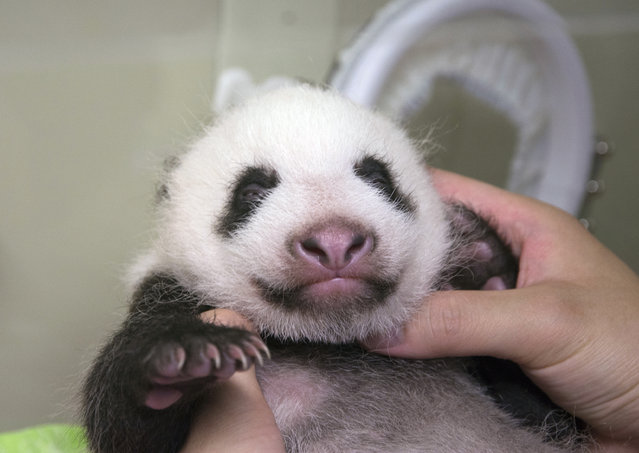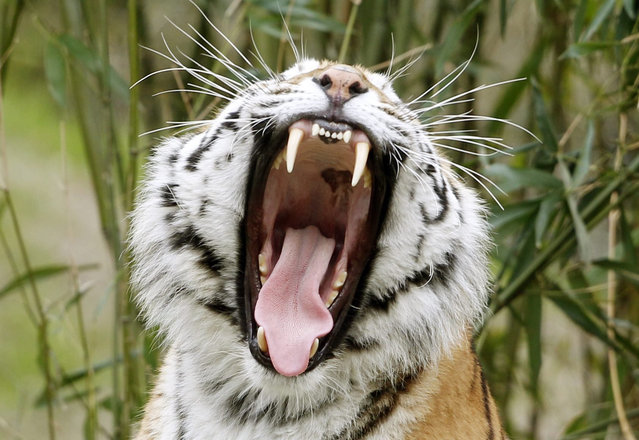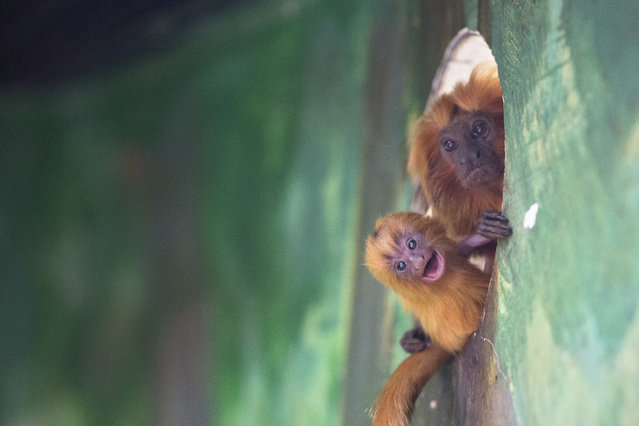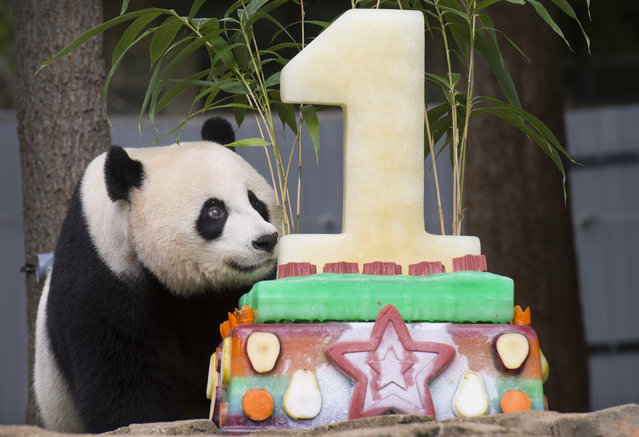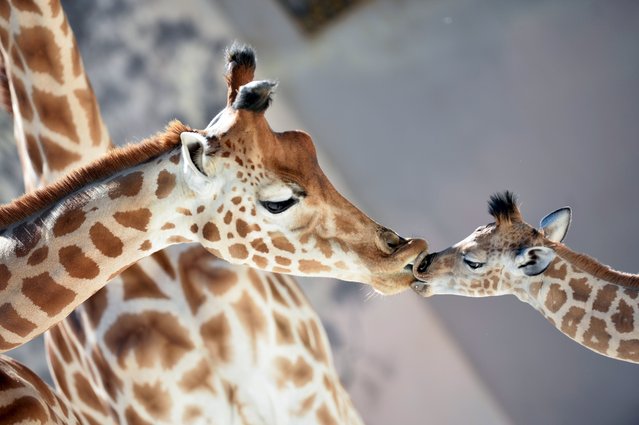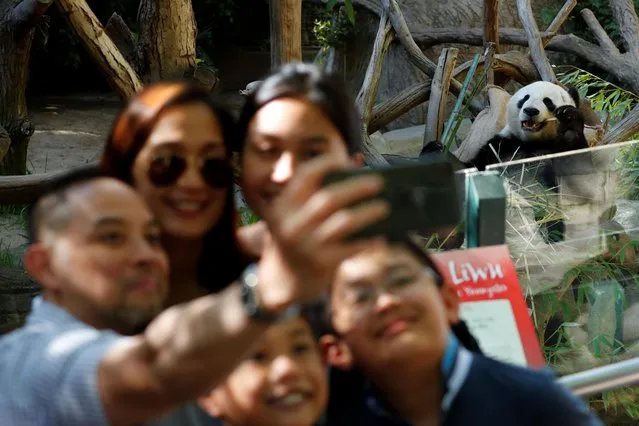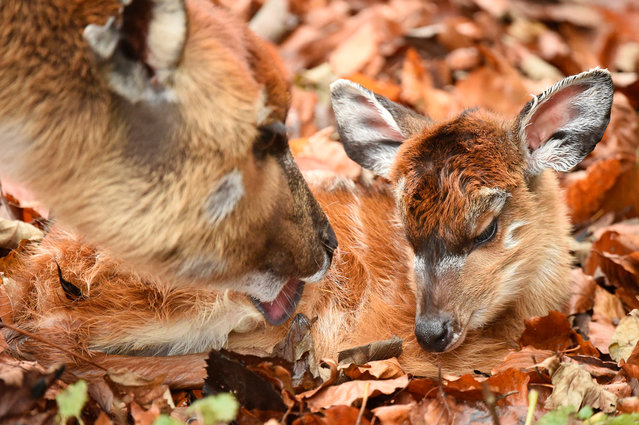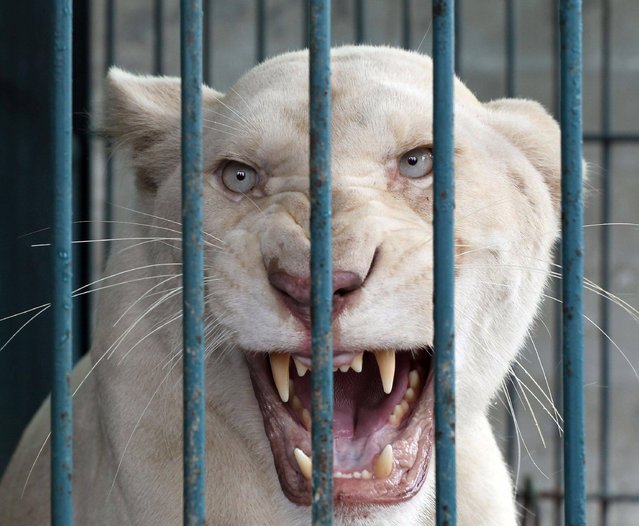
A lioness bares its teeth inside an enclosure after a raid at a zoo-like house on the outskirts of Bangkok, Thailand Monday, June 10, 2013. Thai police and forestry officials searched and seized a number of imported and endangered animals including 14 lions from Africa and arrested the house's owner. (Photo by Apichart Weerawong/AP Photo)
13 Jun 2013 09:30:00,post received
0 comments

